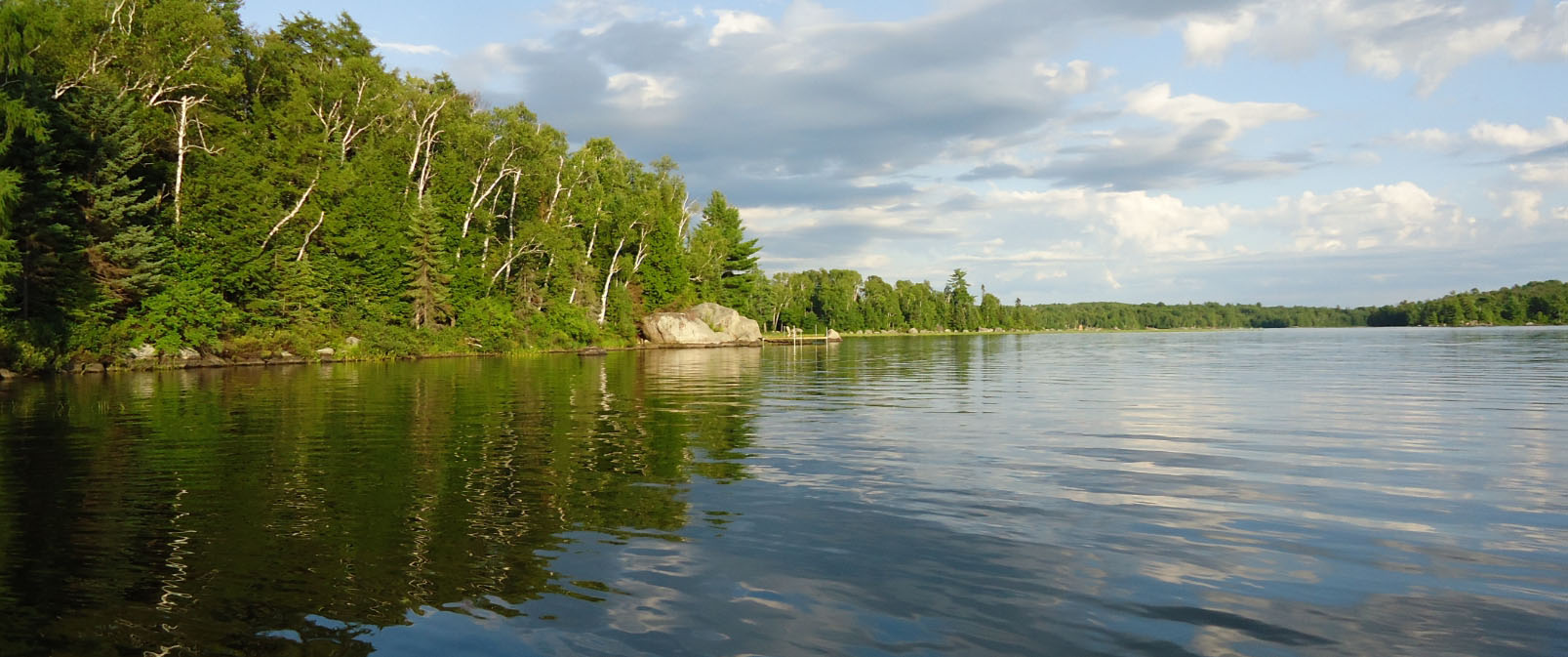Flood Information
Springtime is typically the time of year when periods of precipitation historically occur. Property owners are reminded to be aware of and monitor their situation, as each can vary depending on: distance from watershed(s), distance from an unaffected accessible road, height of land, property saturation levels, the availability, number, size and type of sump pump, etc.
Be Prepared
Be prepared for an emergency by creating a 72-hour Emergency Preparedness Plan and Kit for you and your family. Other ways to be prepared may include:
- Keep an Emergency Contacts list near your phone.
- Check Your Sump Pumps: Ensure the sump pit is clear of debris, that all electrical connections are plugged in correctly and that circuit breakers are operational. Check your maintenance manual for instructions on how to check the float, test the check valve and clean the impeller.
- Hydro: If you are concerned about water in or around your residence, or other buildings, call the Hydro Call Centre at 1-888-664-9376. Disconnected services may impact water removal equipment (i.e. sump pumps); therefore, it may also be necessary to contact your insurance company.
- Keep all items up and off the floor where potential flooding could occur.
- Stay Informed: Subscribe to our Newsfeed, check the local newspapers and/or tune into the local radio stations. (Canoe FM at 100.9 or Moose FM at 93.5)
Inside your home |
|
Outside your home |
|
Safety Tips
If you are instructed by emergency officials to evacuate, do so immediately. If an evacuation is not in place, consider these safety precautions:
- avoid travelling on roads that are near any bodies of water
- don't drive through, stand or walk in any moving water
- if you must walk, look for still water and use a stick to check the ground in front of you
- keep children and pets away from floodwater
- avoid using the plumbing system if the septic tank or the disposal field is under water
If you are at home |
|
If you are not at home |
|
Sandbagging and Dike Construction

In the event of high water levels, with the potential for flooding, sand and sandbags may be provided.
Locations and available resources will be shared on our Newsroom through municipal Media Releases.
The province of Ontario provides helpful resources on what you should do before, during and after a flood, and where to get current flood information, including a handy youtube video on how to build a sandbag dike.
After a Flood
Before returning to your home, check with us for any information from local public health units, utilities and other community officials who are working to keep you and your family safe.
- Don't use flooded appliances, electrical outlets, switch boxes or fuse breaker panels until they have been checked by your local authority.
- Follow instructions from your local public health unit when it comes to water in and around your home, which could be heavily contaminated.
- Don't eat food that's come in contact with flood waters.
- Contact the municipality about debris management programs.
- Report any broken utility lines to the appropriate authorities.
- If your property has been damaged:
- you may need special permits to rebuild or restore your property
- you may be eligible for provincial assistance.
Private Wells and Septic Systems
If you have a private well, contact the Haliburton Kawartha Pine Ridge District Health Unit for information on the safe use and consumption of well water. The Health Unit can also assist with water testing bottles, pick-up and drop-off locations. Call 1-866-888-4577 or visit www.hkpr.on.ca.
Residents with private septic systems affected by flooding can contact the Building Department.
Water Distribution System
Trent Severn Waterway Flow Chart
The Trent Severn Waterway monitors and controls the water flow through local watersheds, along with the Ministry of Natural Resources. The Township of Minden Hills is part of the Gull and Burnt River Watershed systems, shown in green and orange in the diagram.

The Trent Severn Waterway monitors and controls the water flow through local watersheds, along with the Ministry of Natural Resources. The Township of Minden Hills is part of the Gull and Burnt River Watershed systems, shown in green and orange in the diagram.



